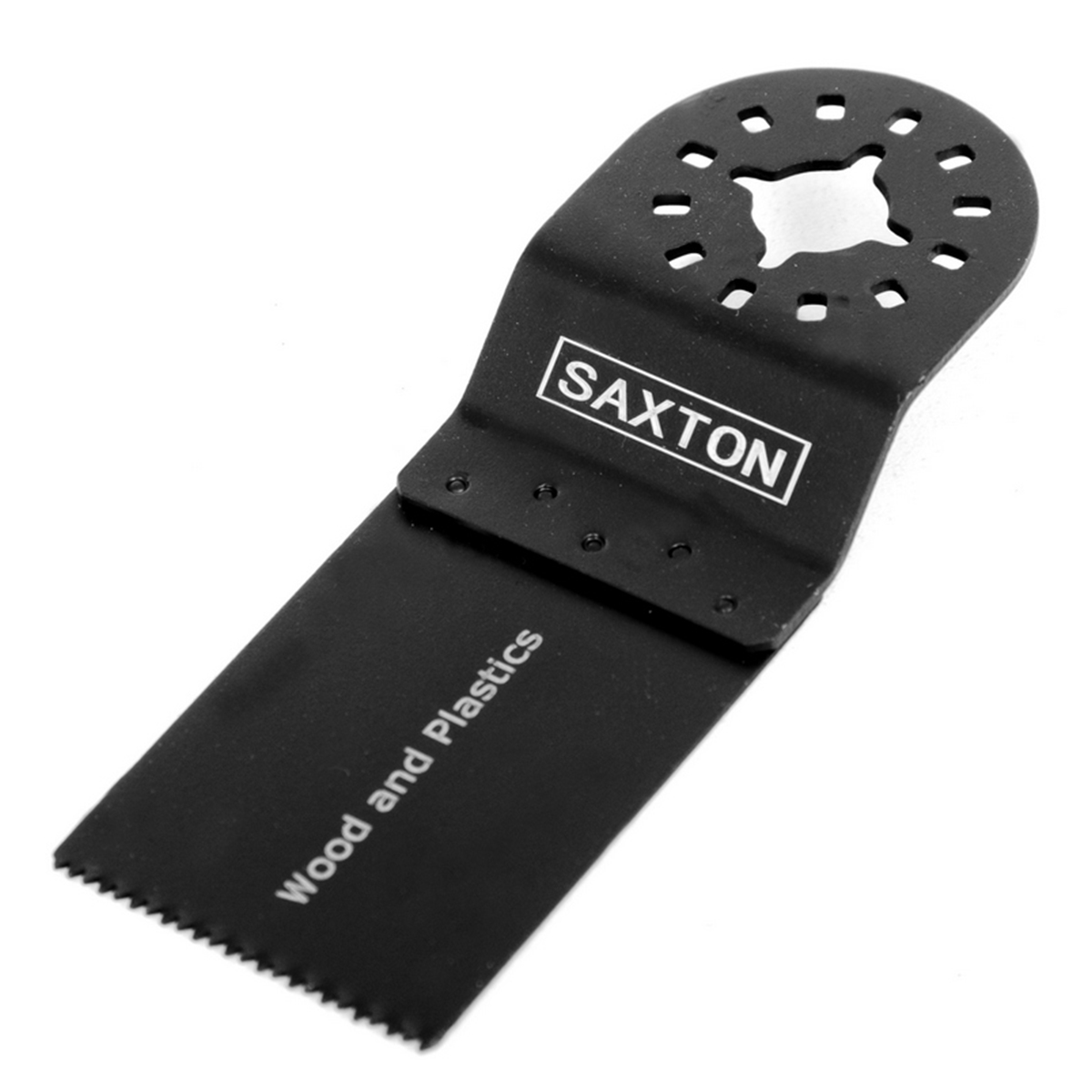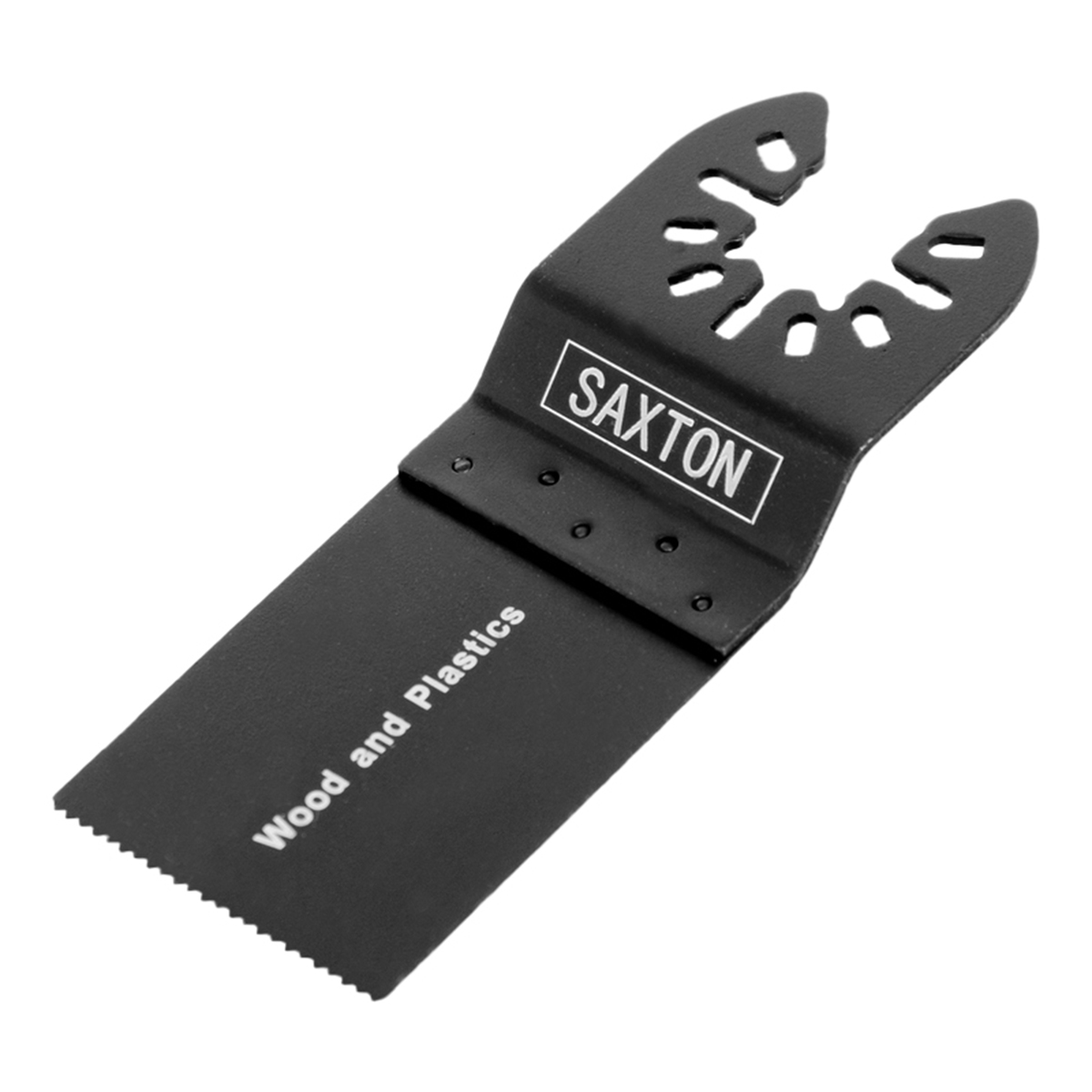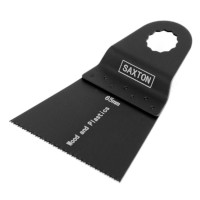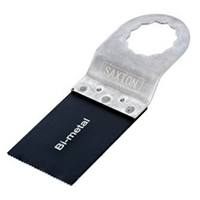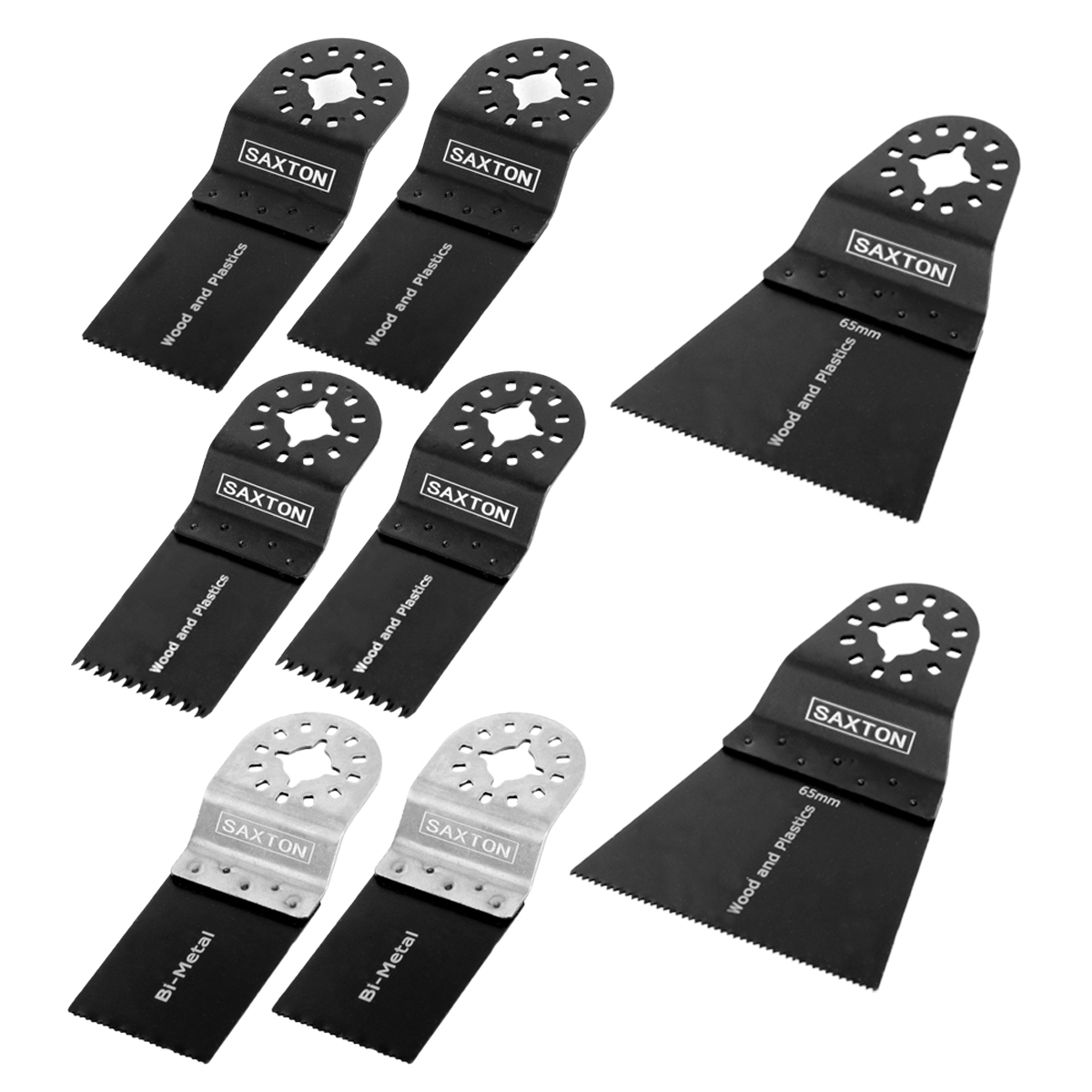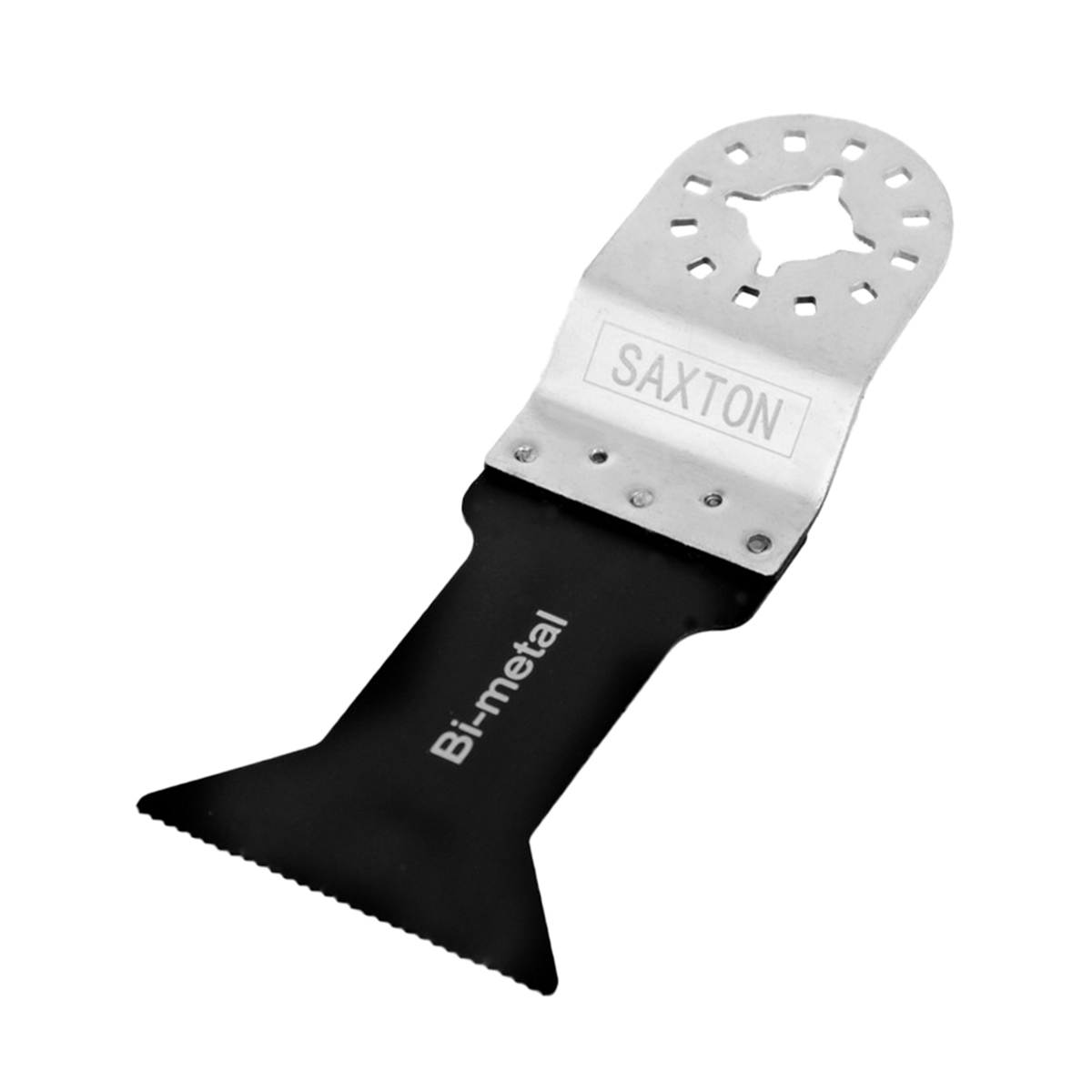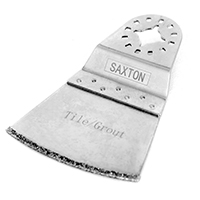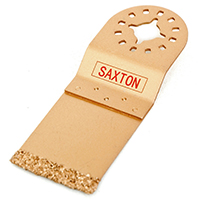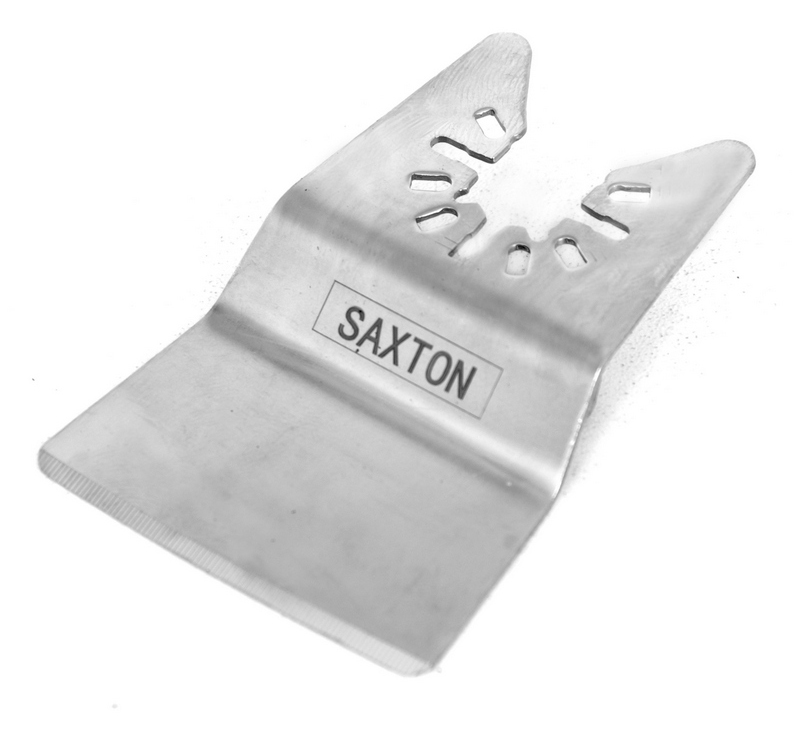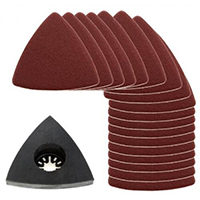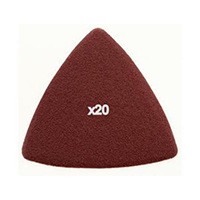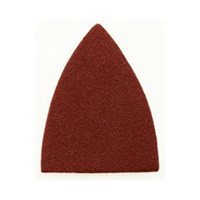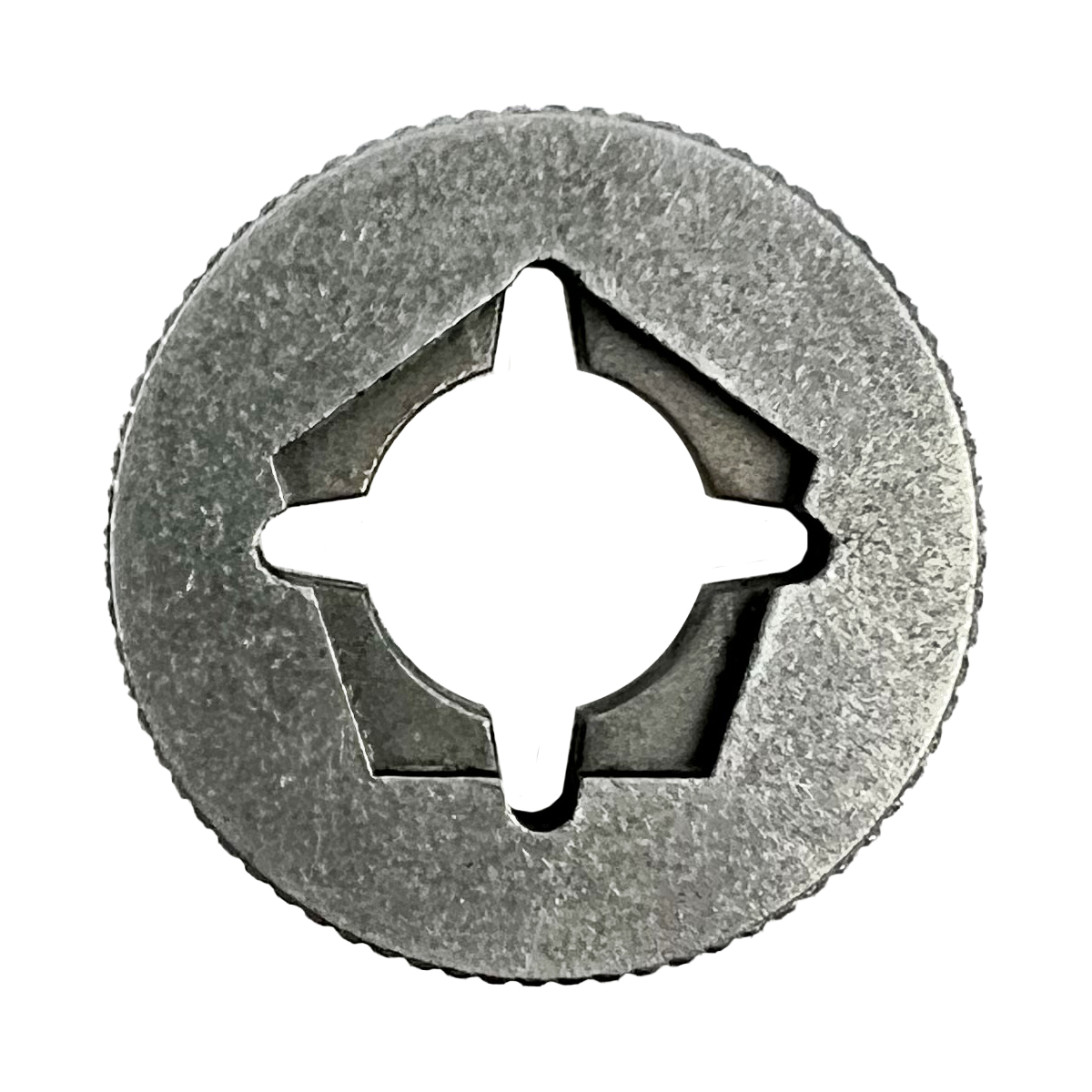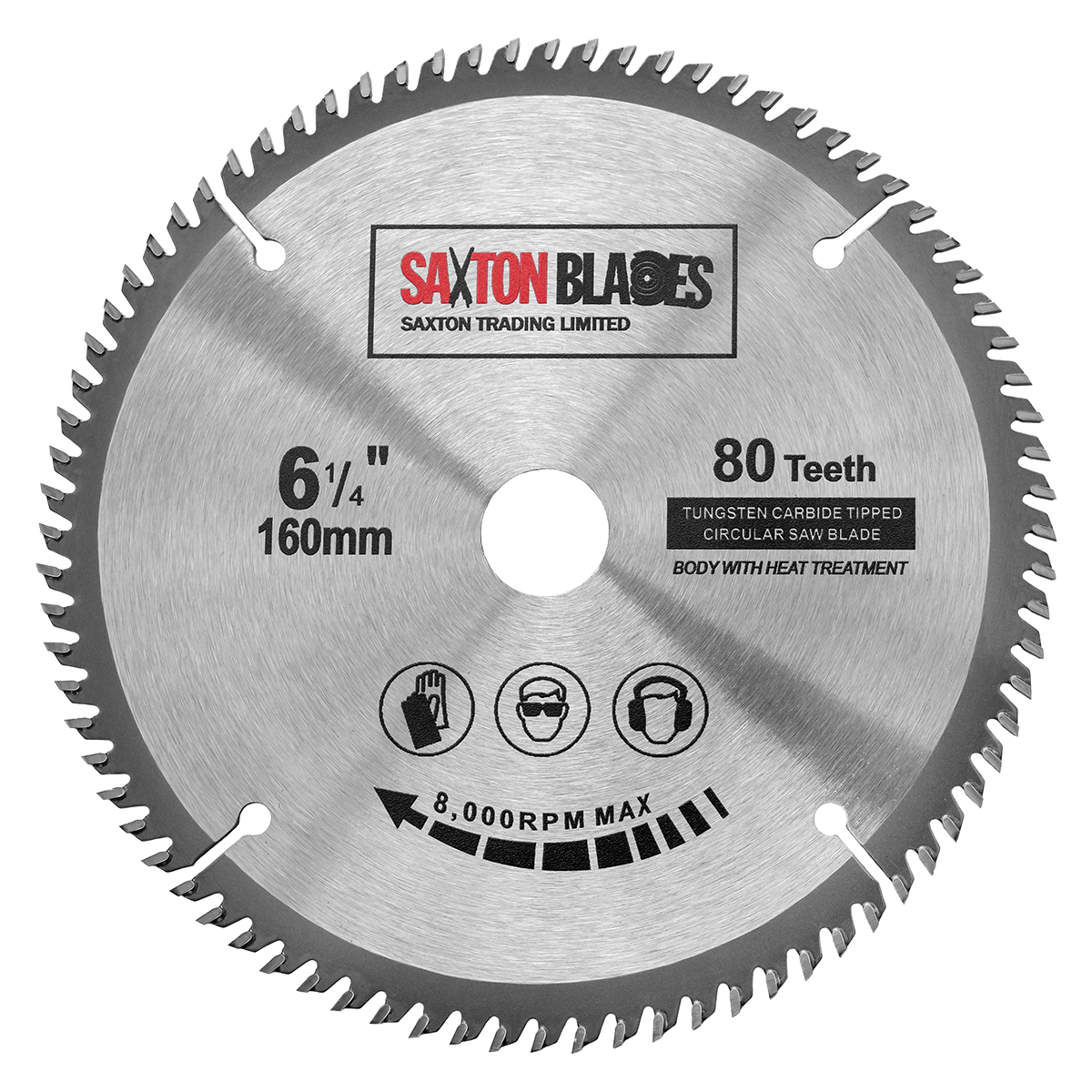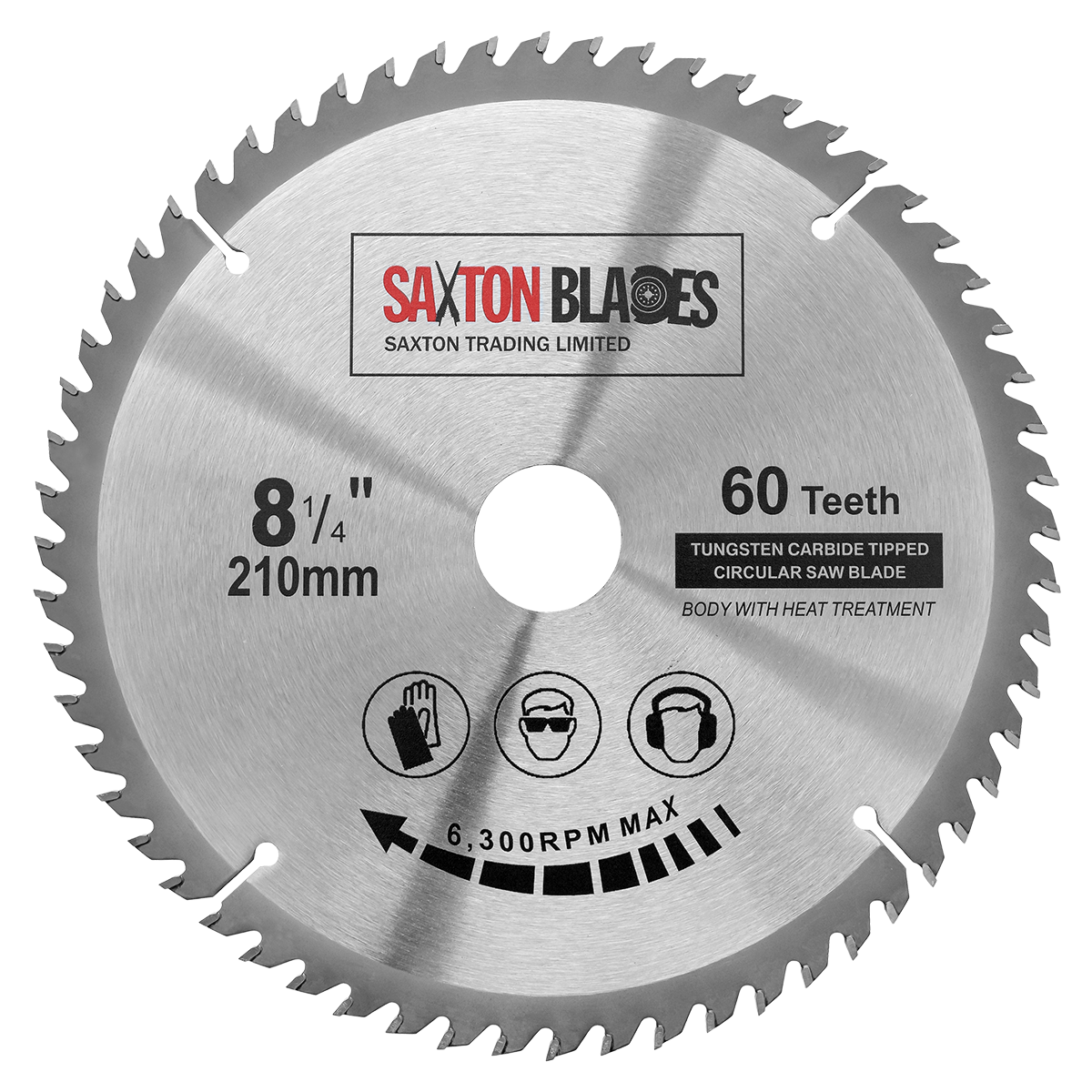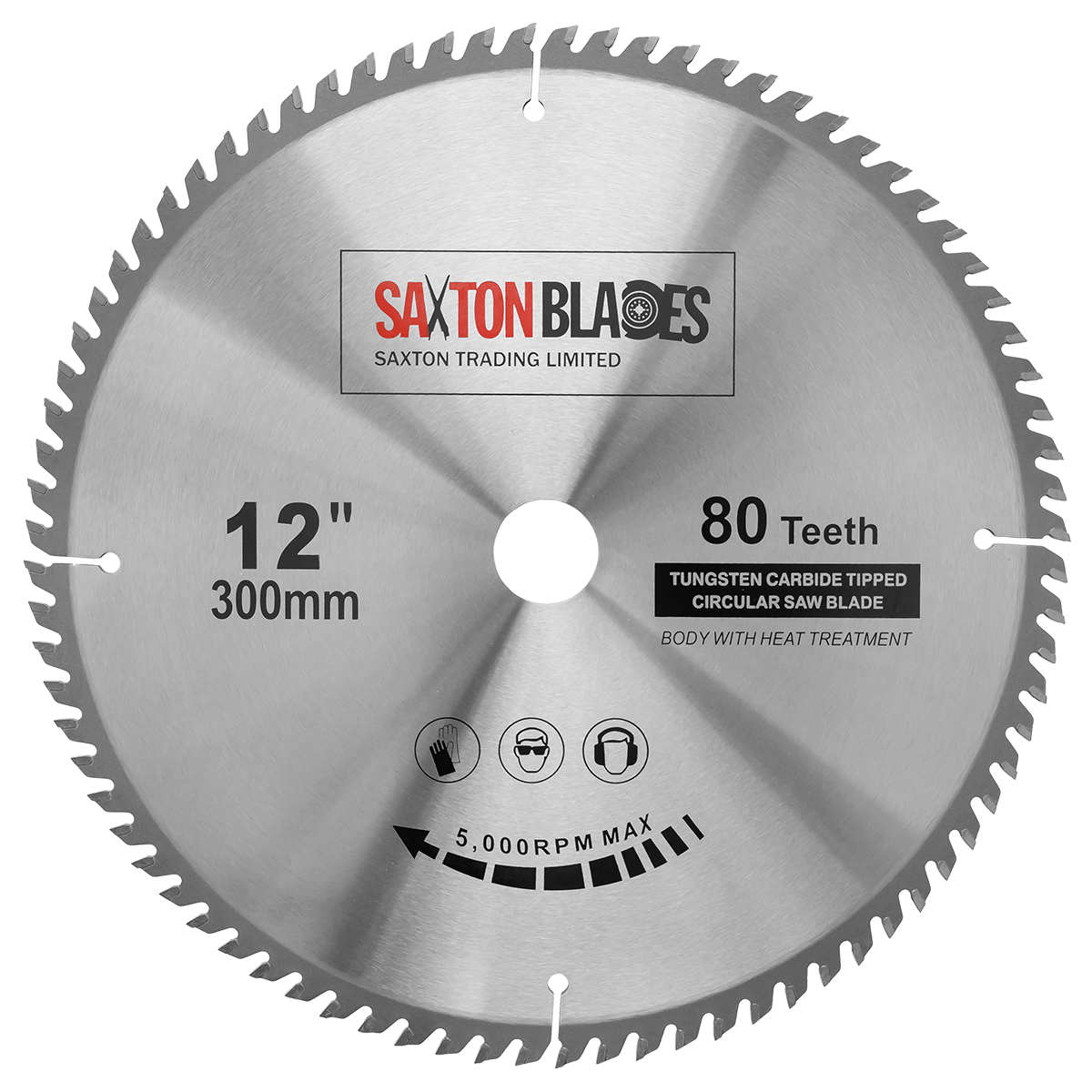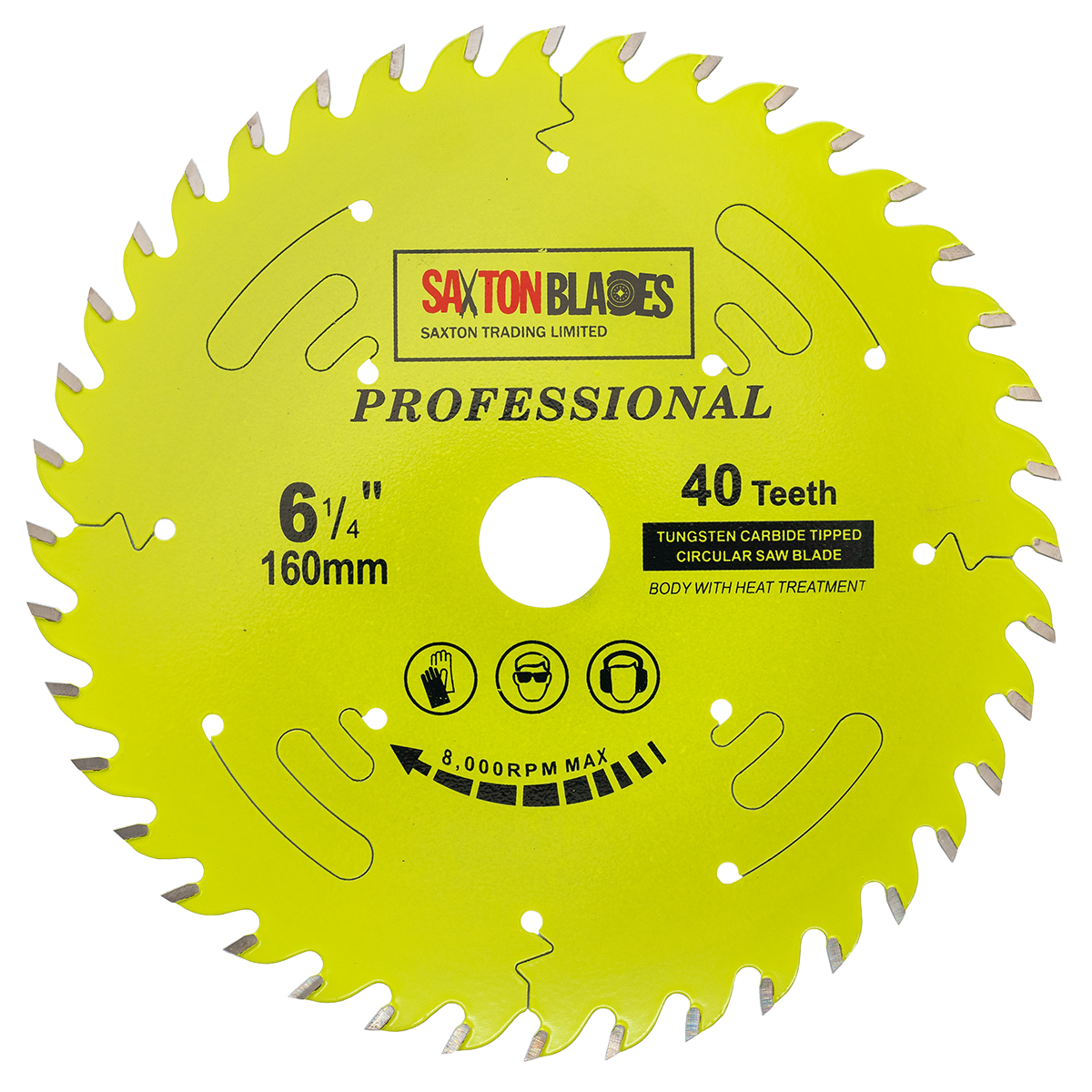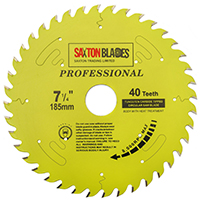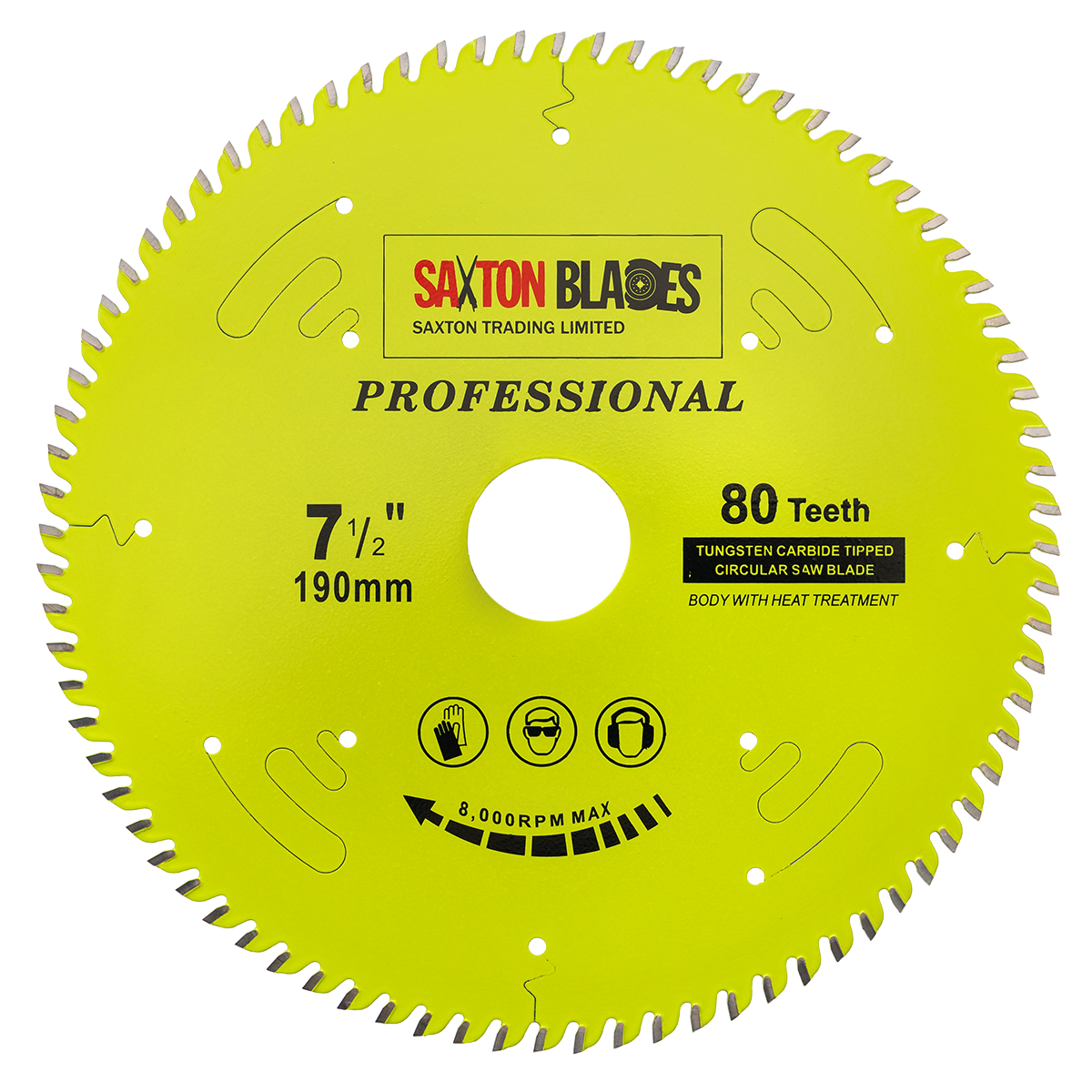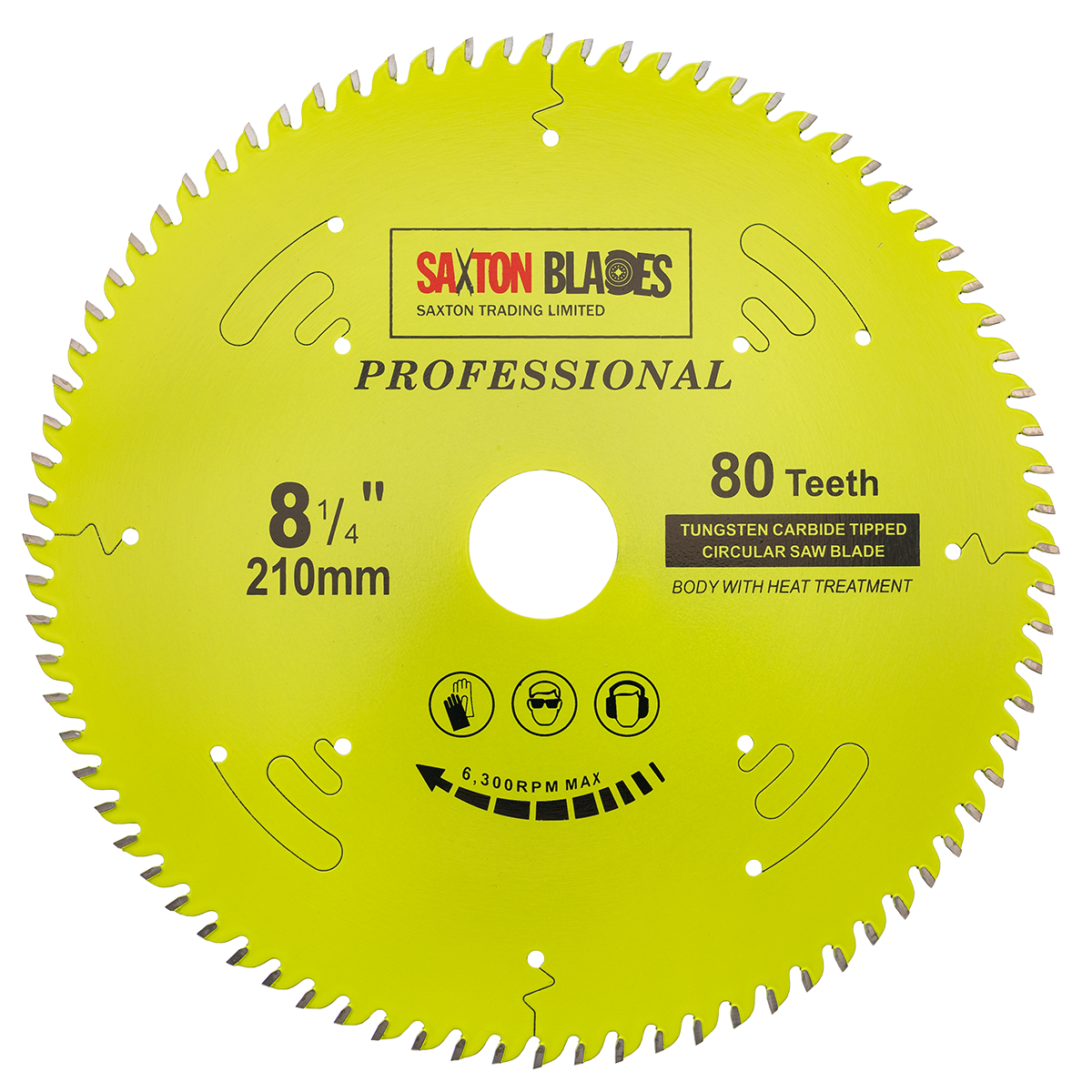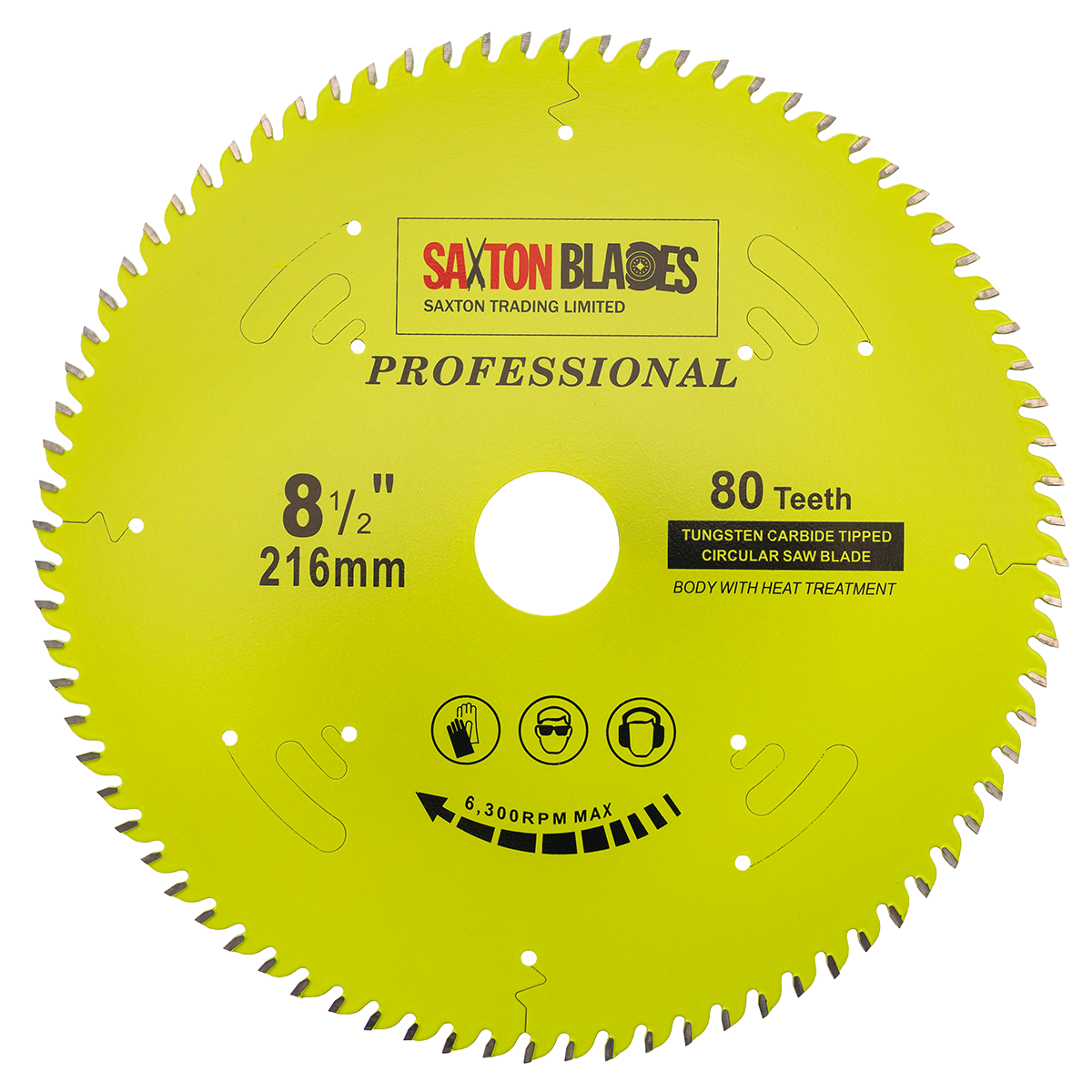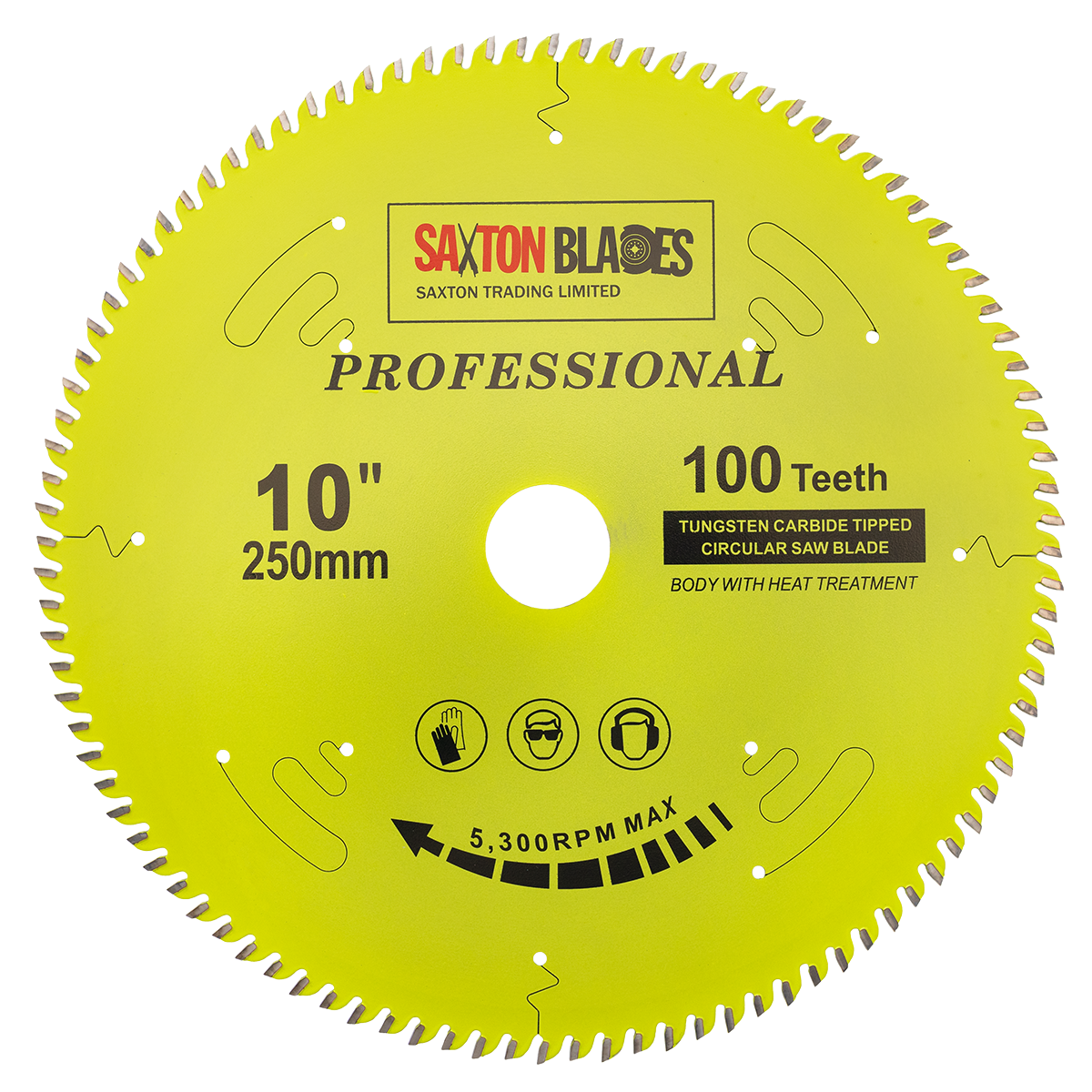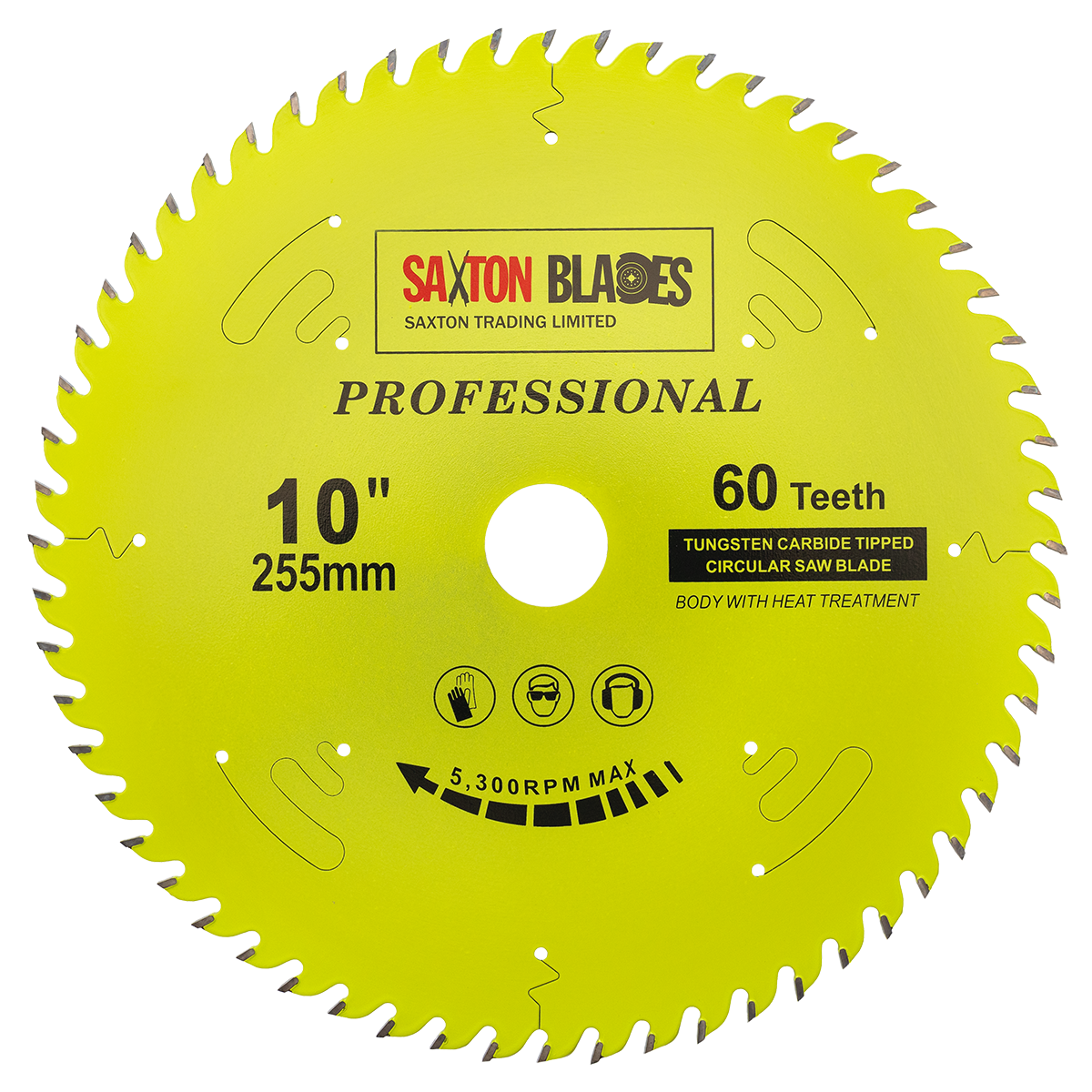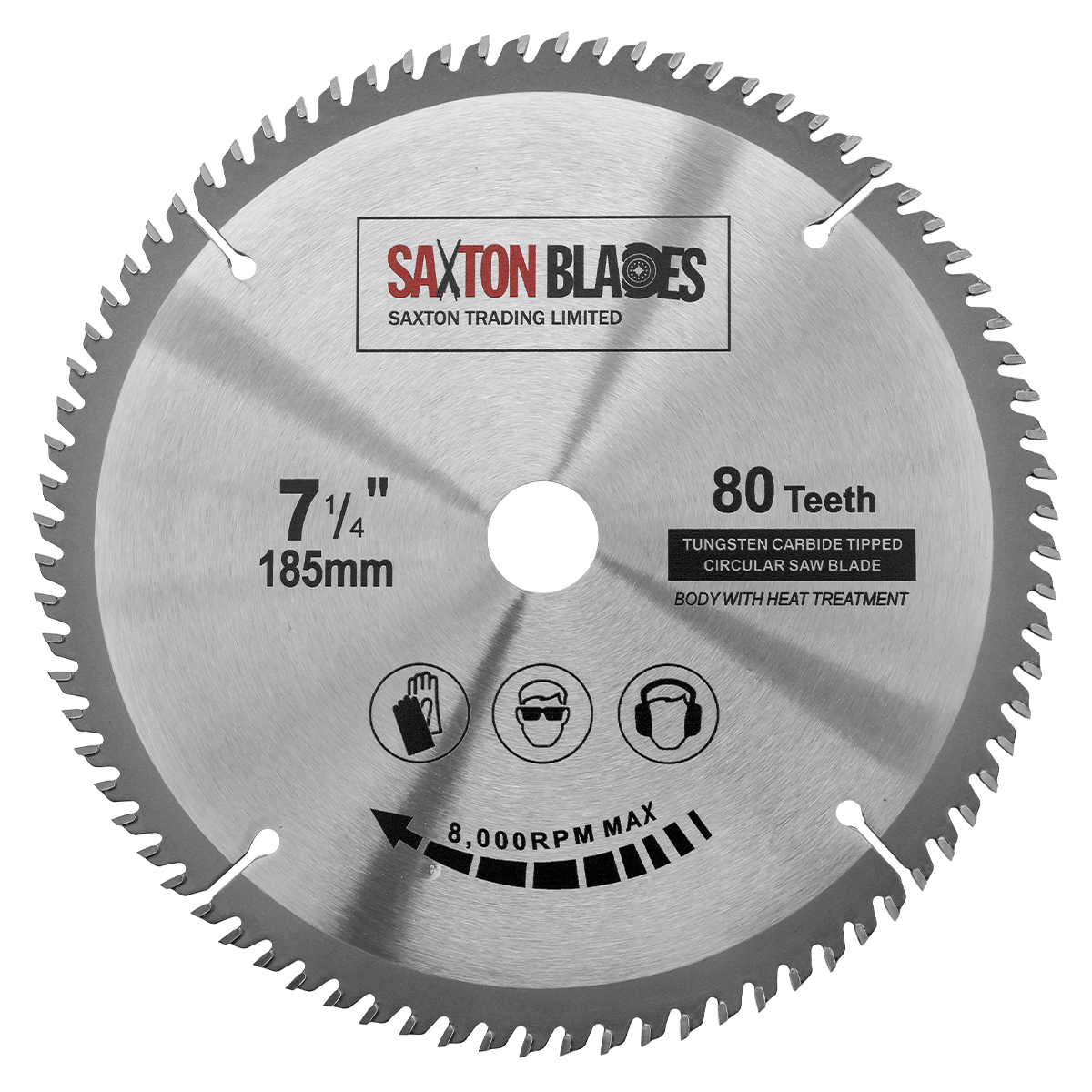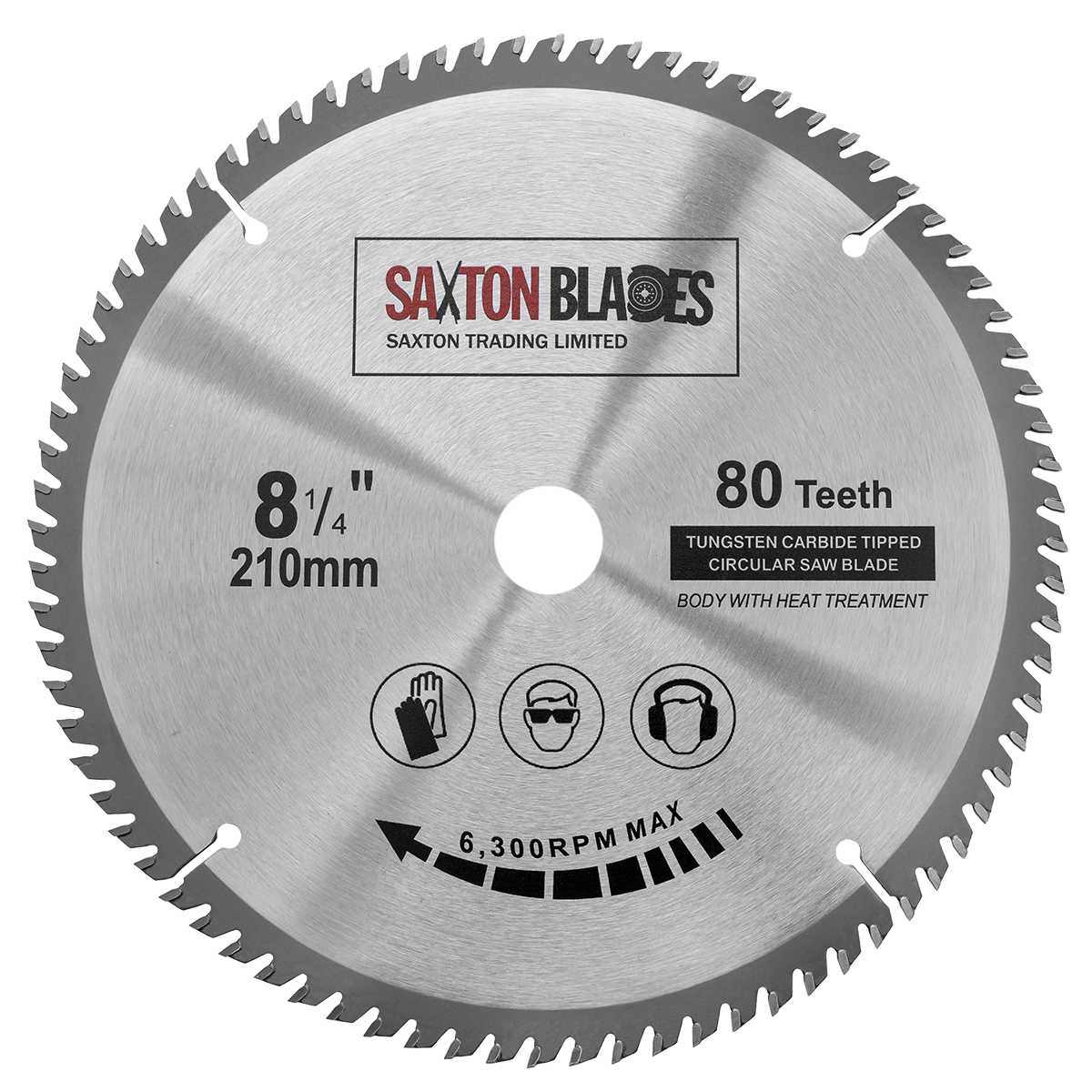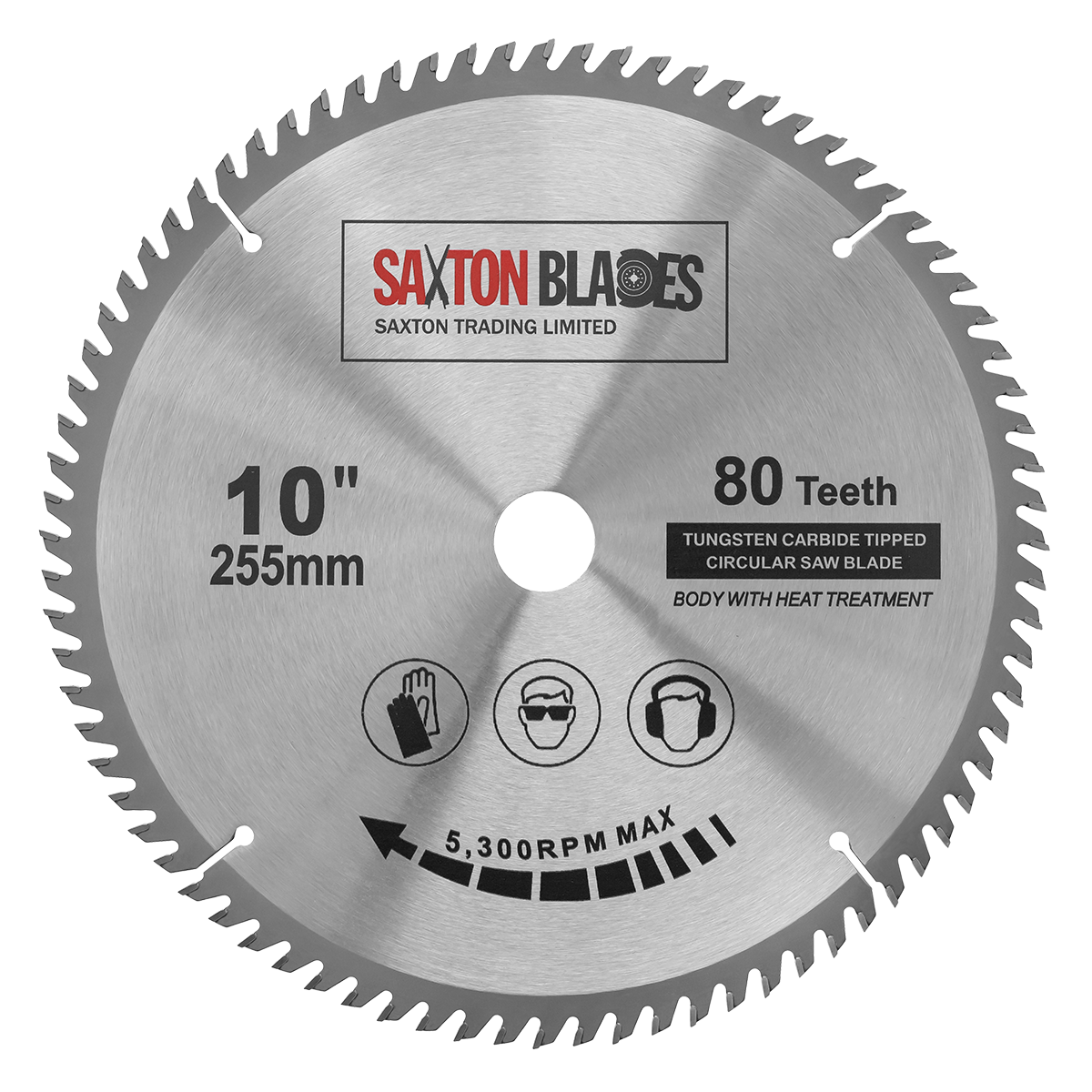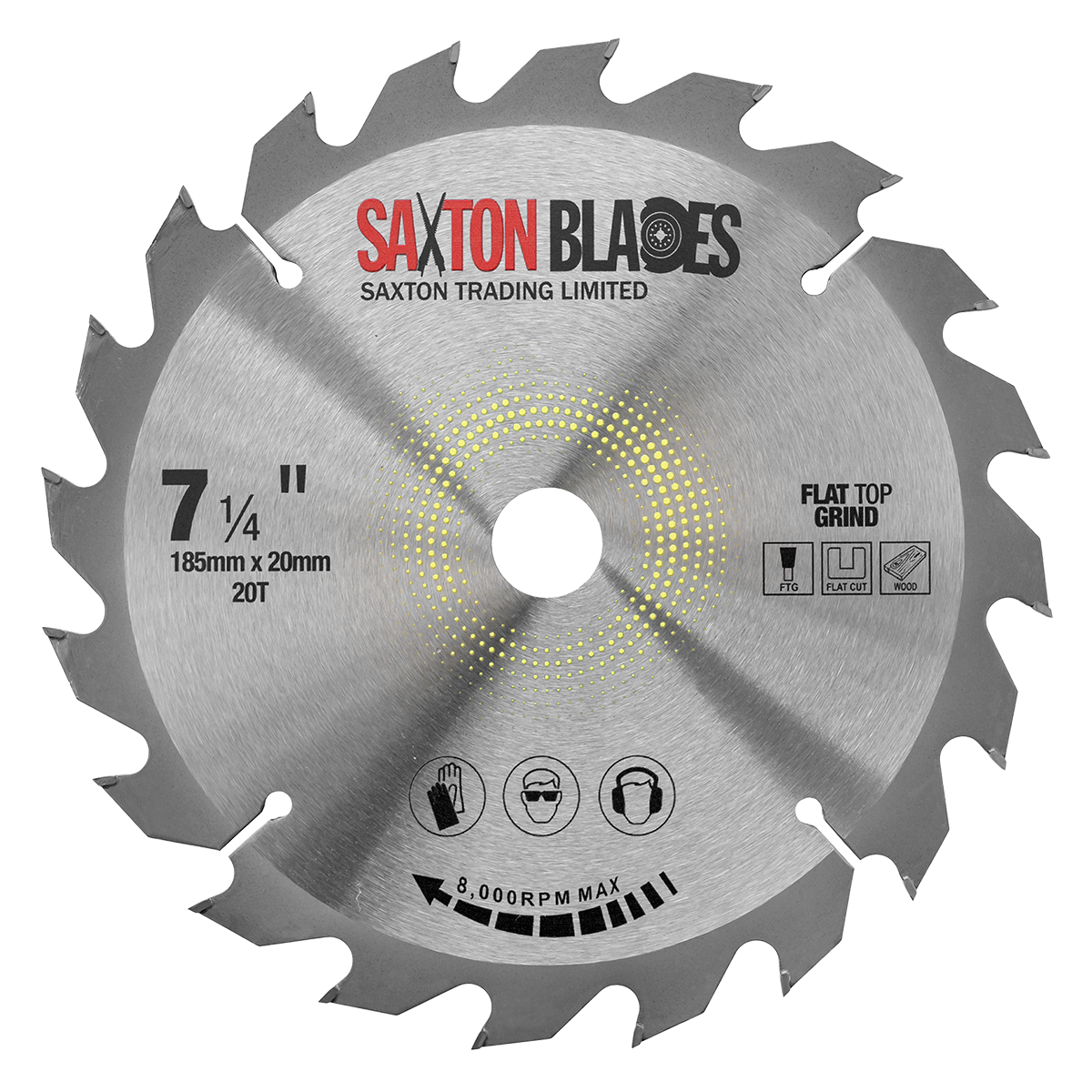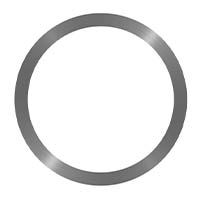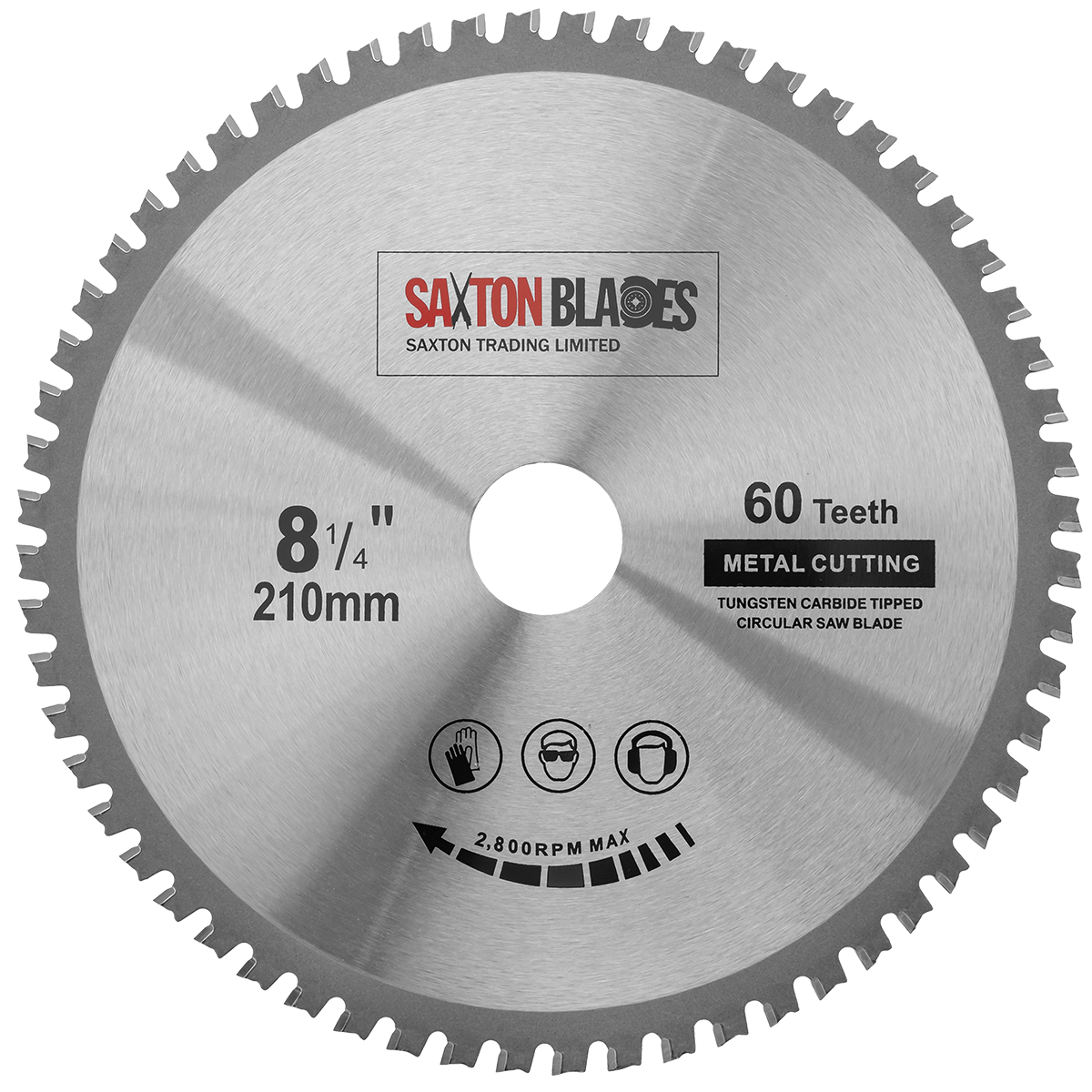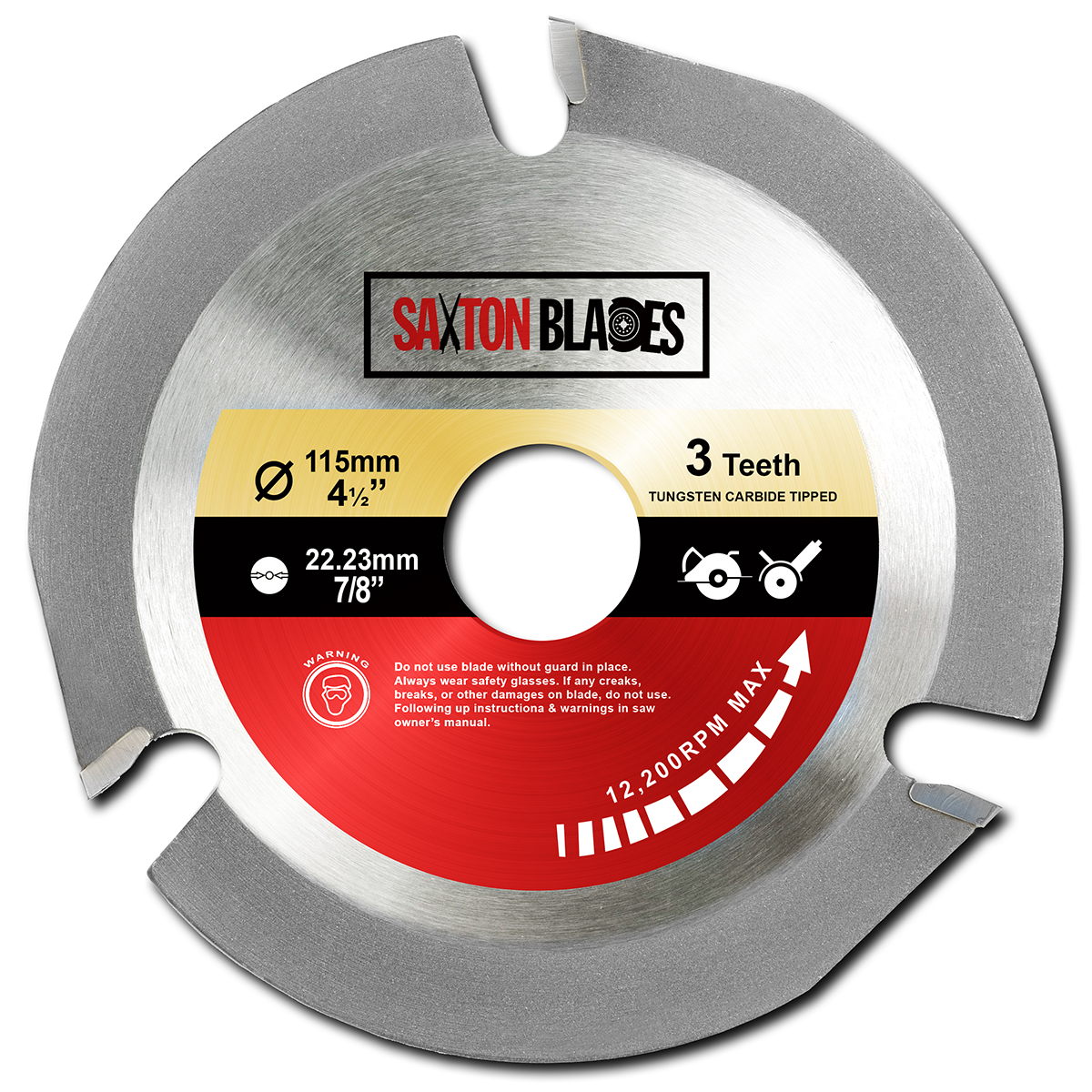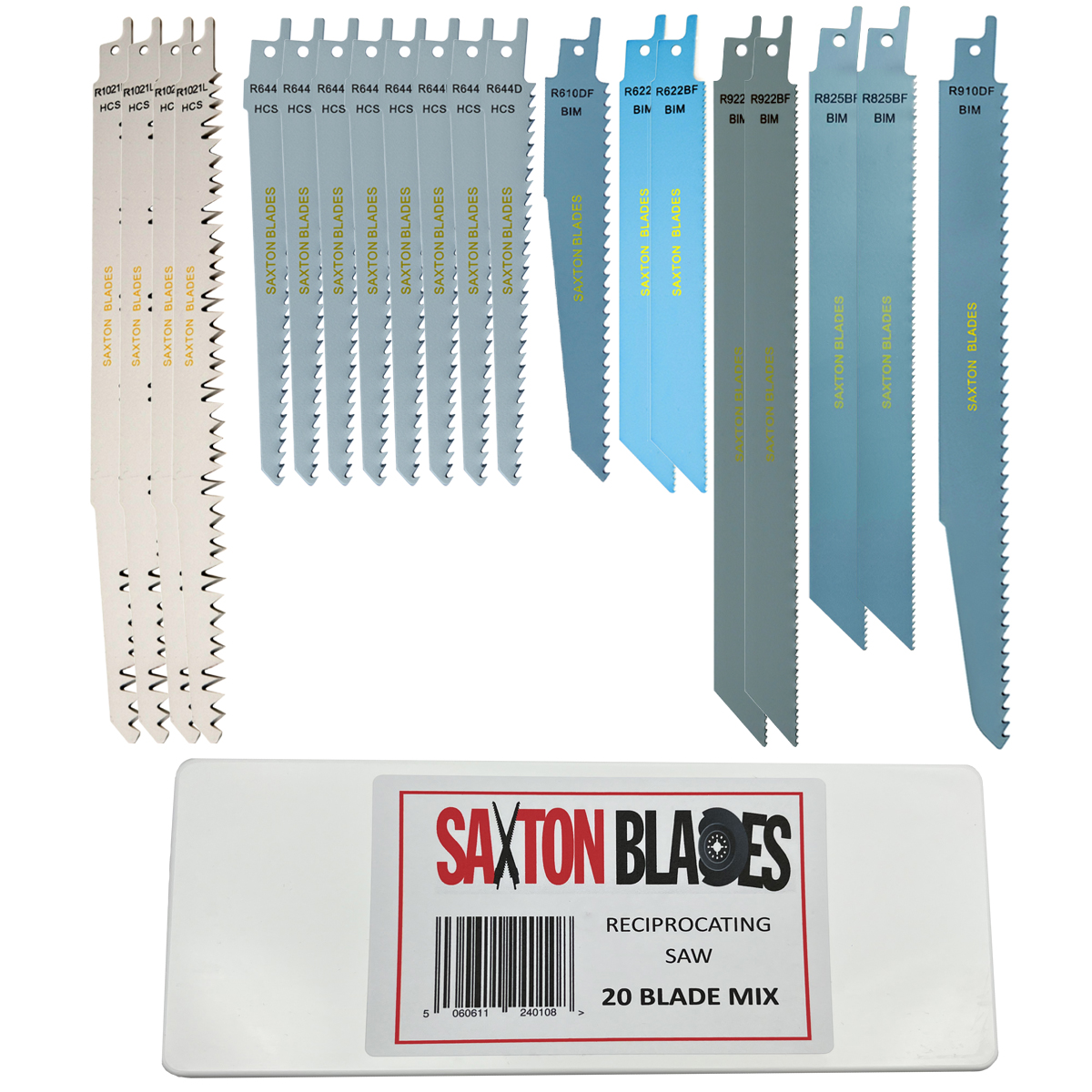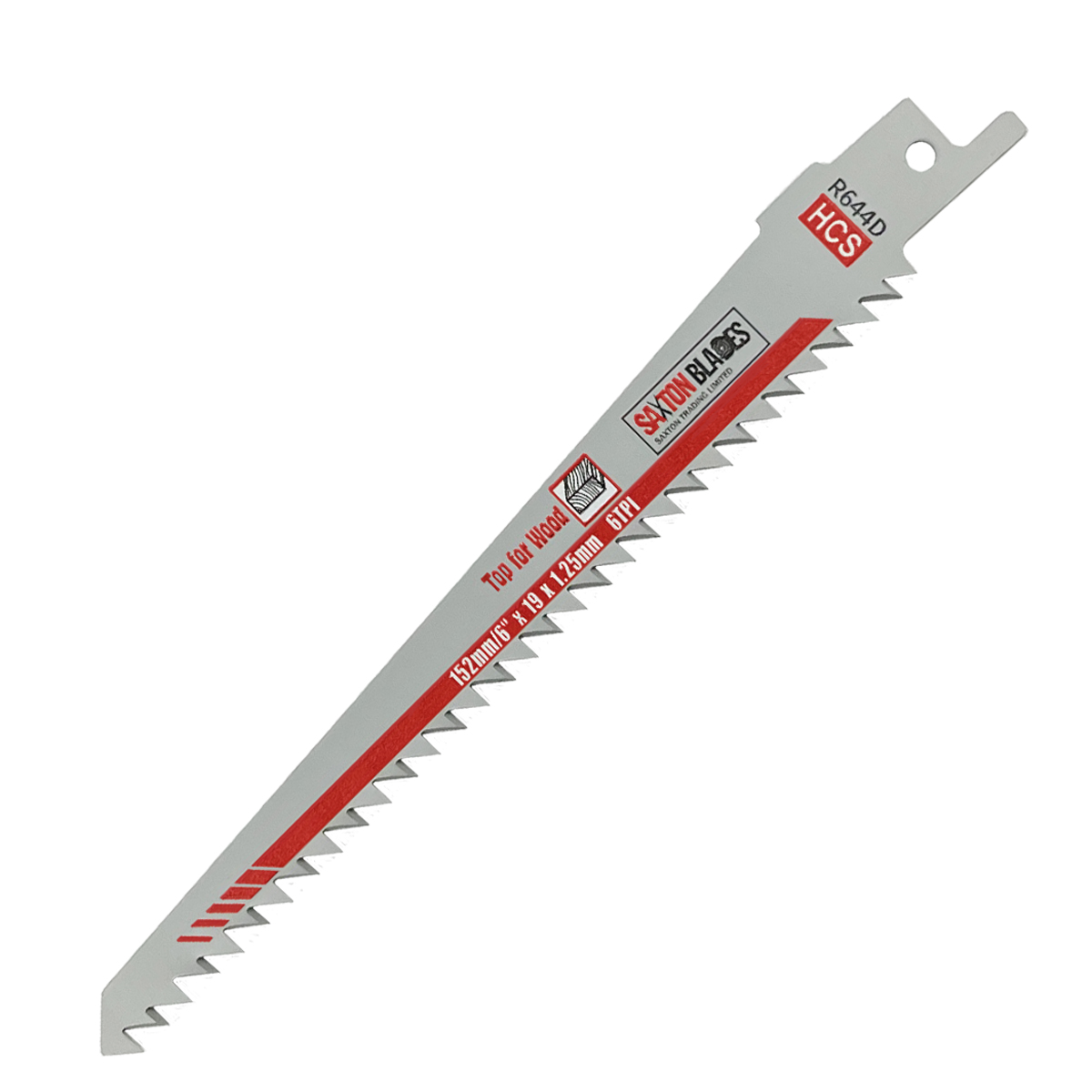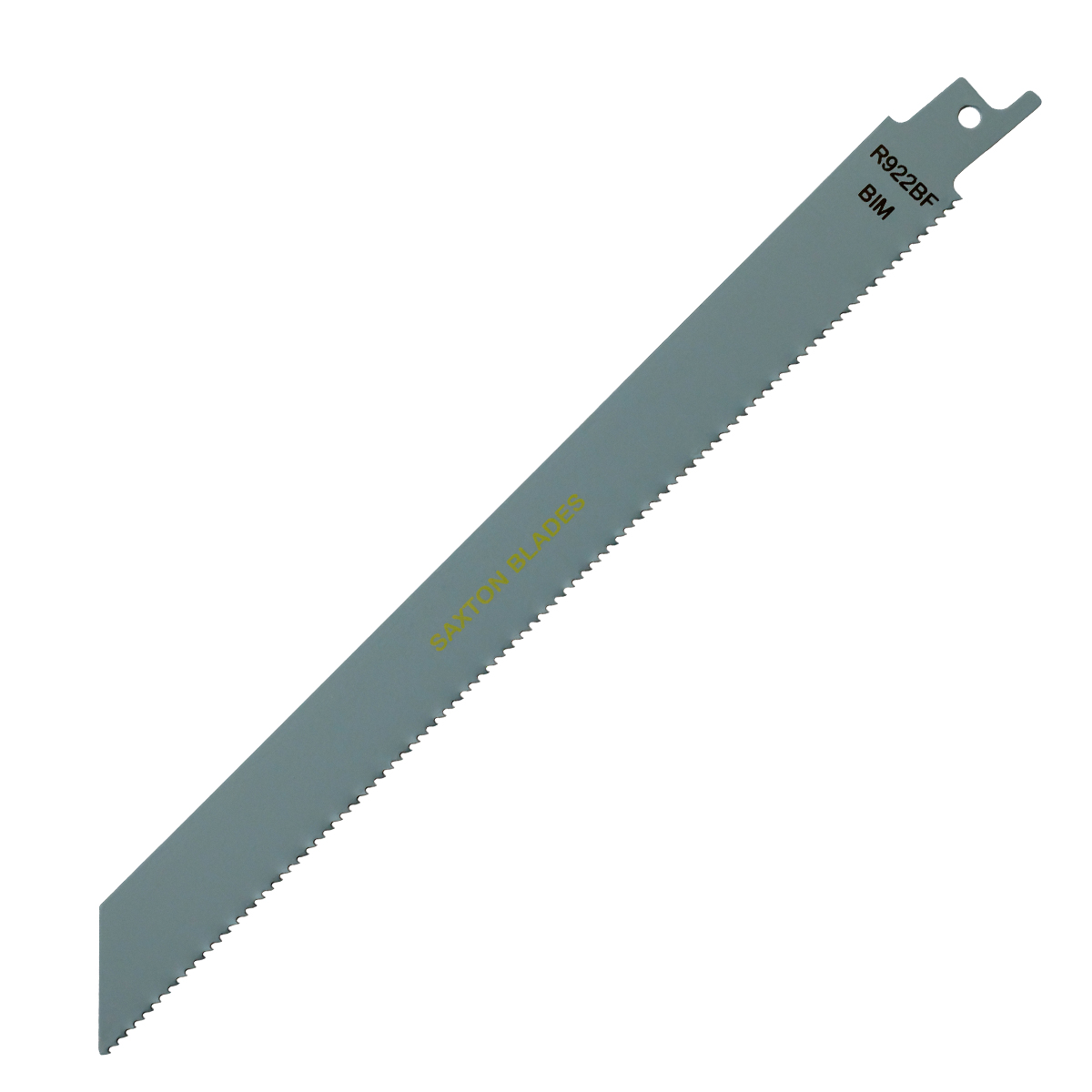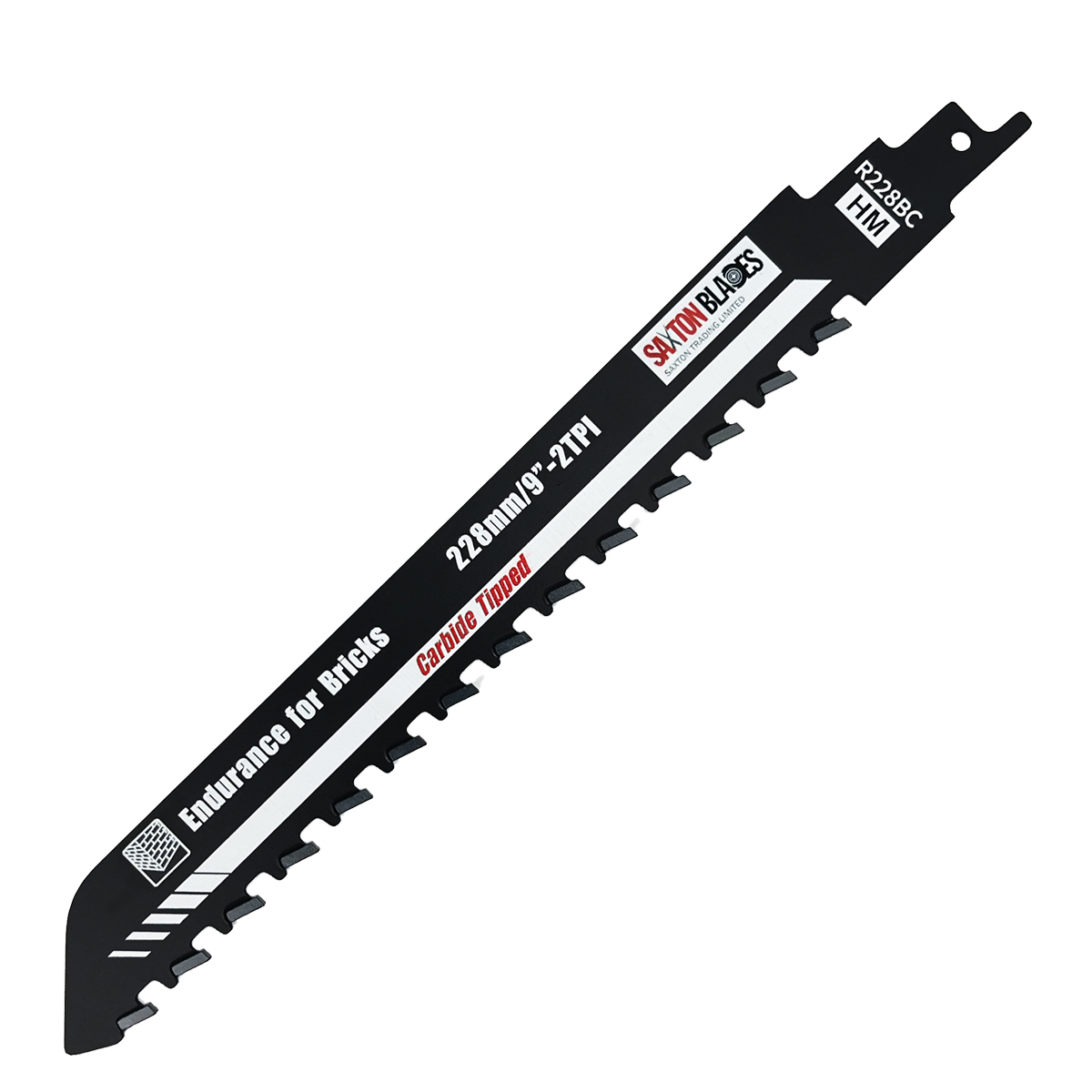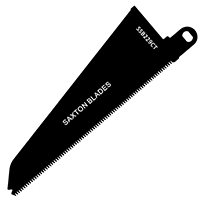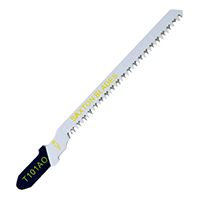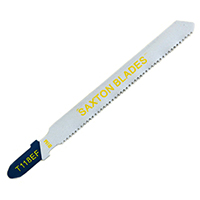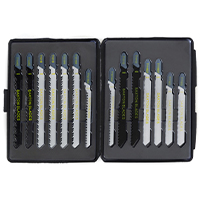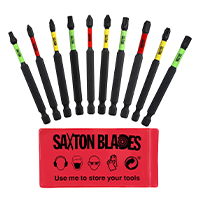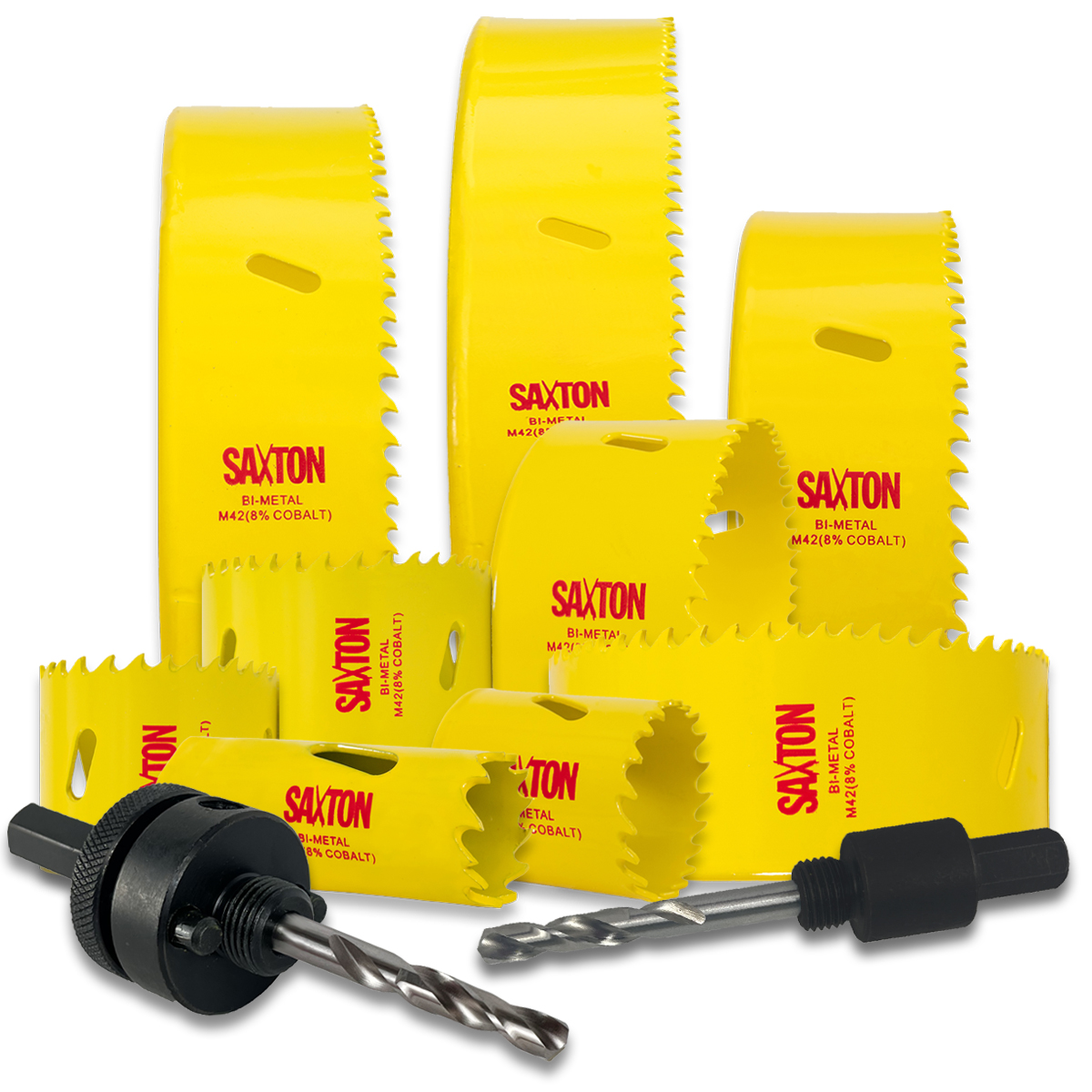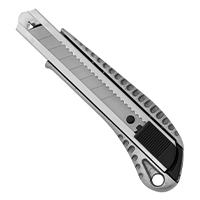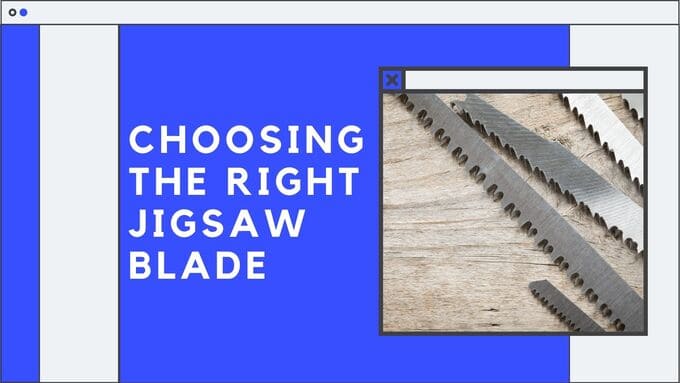
A blade is a blade, right? Well, not exactly.
Choosing the wrong blade can cause messy cuts or result in your blade snapping. To get the perfect cut, there are a number of factors you will need to consider; the blade material, length, the number of teeth per inch (TPI), and the shank type (T-shanks or U-shanks).
When it comes time to start your new project or DIY build it’s important that you have the right tools for the job. This is especially true when it comes to choosing the right jigsaw blade.
Fortunately, none of this need be complicated, as we break down all of these factors below.
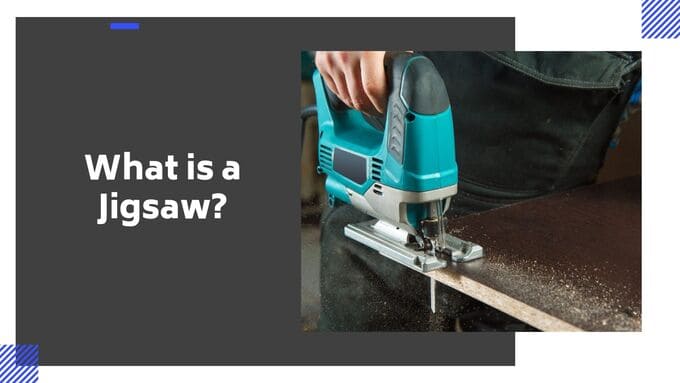
What is a Jigsaw?
A jigsaw is an incredibly versatile power tool and deserves a place in the toolshed of every DIYer. They feature a blade that moves up and down, often at variable speeds, and can be rested on the material they are cutting thanks to the saw shoe.
The main appeal of a jigsaw is its ability to cut curves and other shapes into the materials it is used on. This is helped by their stability and ease of use, which makes them a great option for amateurs and professionals alike.
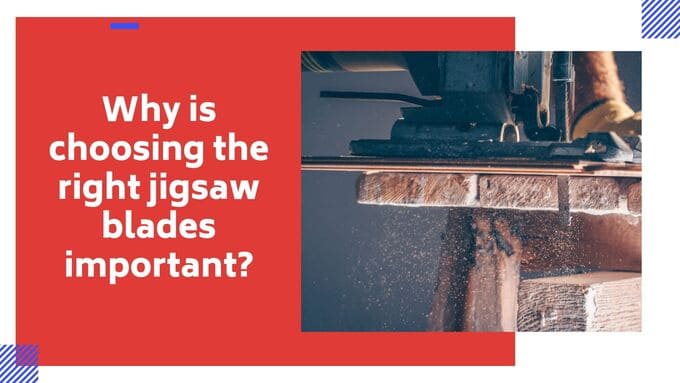
Why is choosing the right jigsaw blade important?
A jigsaw is very versatile, in no small part due to the ability to swap out blades for different uses.
Different jigsaw blades give different results. For instance, a higher TPI will provide a cleaner cut, at the expense of cutting time. Likewise, the blade material is incredibly important; certain materials such as metal require harder blades if you want to cut through them.
A wide variety of jigsaw blades are available for you to choose from such as metal blades, high carbon steel, high-speed steel, tungsten carbide, bimetal blades, and more.
With the correct jigsaw blades, you can achieve many different results on many different materials, including wood, plastics, and even metals.
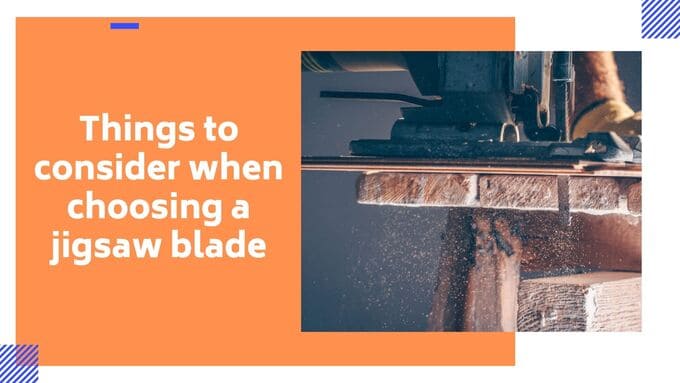
Things to consider when choosing a jigsaw blade
T-shank blades or U-shank blades?
Before you choose a blade, you need to determine whether it is actually compatible with your jigsaw. While many newer models of jigsaw will accept both U-shanks and T-shanks, if your tool is older it may only accept U-shank blades.
U-shank blades are less popular in newer models because they require a screw to fix the blade in place. This is time-consuming and often requires a tool to perform. As such, most modern jigsaws use T- shank instead.
T-shank blades require no screws or tools to attach. Rather, they are held in place by a clamp, which makes changing blades quick and easy. If your jigsaw is newer, it most likely uses T-shank blades.
What will you be cutting through?
Generally, harder materials such as metal will require jigsaw blades that are both harder and have a higher TPI, while softer materials are better cut with a more flexible blade.
Not only do you need to consider the material, but also the type of cut you want to make. If you’re just doing rough work, a lower TPI will cut faster and more messily. If you want clean work or acute angles, go for a higher TPI and more flexible blade.
Finally, ensure the blade is long enough to avoid catching. Look for a blade that is around 2.5cm longer than the material it’s cutting is thick.
Blade material
One of the most important considerations when choosing jigsaw blades is their material; the last thing you want is your blade to wear down prematurely or break on a hard material.
High carbon steel (HCS) blades are some of the most popular and least expensive choices. With a more flexible metal, high carbon steel is perfect for softer materials such as softwood. Their flexibility makes them less likely to snap and perfect for higher precision work. Just don’t try and use them on hard materials, as they will dull very quickly.
High speed steel (HSS) blades are harder than HCS blades, allowing them to cut tougher materials such as copper or aluminium. Because high speed steel is harder, it will dull more slowly. However, due to its increased brittleness, it is more likely to snap.
Bimetal (BIM) blades feature the best properties of HSS and HCS blades. Not only are they hard, allowing them to cut tough materials and reducing the time taken to dull, but they are also flexible, reducing the chance of snapping. With a longer lifespan, expect to pay more for these.
What type of cut do you want to achieve?
A jigsaw is a versatile tool capable of many different kinds of cuts, provided the appropriate blade is installed. If you just want a straight cut that doesn’t need to be tidy, you can use a lower TPI to get the job done faster.
However, the appeal of a jigsaw is how easy it is to cut curves using them. The tighter the desired angle, the higher the TPI needs to be.
If you want to achieve a gradual curve, opt for a TPI of 9-12. If you really want to get detailed, say on a woodworking project, you want to look at a TPI of 20+ to achieve very tight angles and a smooth cut.
Lastly, consider whether the blade teeth are milled or ground. Milled teeth are set angled from side to side, allowing them to cut quickly without friction while sacrificing cut quality. Ground teeth are aligned straight, allowing for smoother cuts but with higher friction that may burn the material you are cutting, if not careful.
Teeth per inch
The TPI of your blade will determine how fast and cleanly it will cut.
If you want a cleaner cut with less chip out, then go for a blade with a higher TPI. A higher TPI is ideal for precision cuts such as are needed in woodworking, however, it will cut more slowly than a lower TPI blade. A lower TPI blade is great for rough work where clean edges aren’t required, as it will cut much faster.
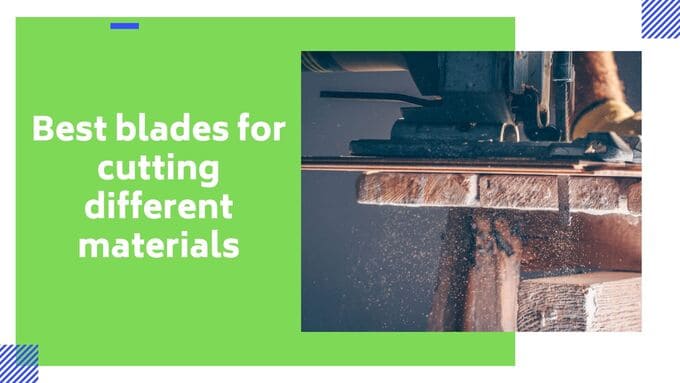
Best blades for cutting different materials
With jigsaw blades, a one size fits all approach rarely works.
Wood
As a softer material wood doesn’t require a high TPI, especially if you’re doing rough work. Look for a TPI between 6-20 to cut this material. Because it’s softer, you can cut wood easily with a flexible blade such as an HCS blade.
Flexible blades like this are especially useful if you want to do some precision woodworking – make sure the TPI is higher for greater precision. They are also less likely to snap and come at a lower price, making them ideal for cutting wood.
Metal
Metal is much harder than wood and will therefore require both a higher TPI and a harder blade material. In terms of TPI, look for finer jigsaw blades in the 20-35 range. You also want to make sure the blade materials are hard enough, so look for HSS, BIM, or tungsten carbide blades.
Different metals will require different blades, so ensure you use the right blade for the job. Also, ensure that the metal you are cutting is thin enough for the blade you are using.
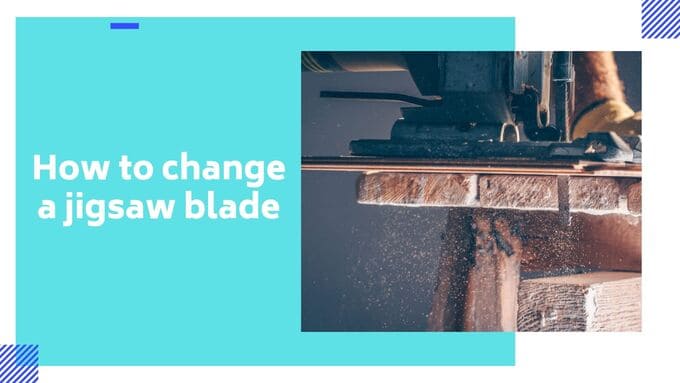
How to change a jigsaw blade
At first, it might seem a little daunting to change the jigsaw blade, but it’s fairly easy to do by following these simple instructions. First, unplug the jigsaw or remove the battery so there is no power.
Look at the jigsaw from the front. The teeth of the blade will be facing towards you. At the very top of the blade, you will find a point of contact that secures the blade to the jigsaw. Generally, there are two types of connection; a quick-clamp system (T-shank) and a screw system (U-shank). This will determine your next steps.
For a tool-less quick-clamp system, pull the blade release lever to make the rod push forward, which will release the jigsaw blade. Being mindful of the teeth, remove the old blade by gently pulling it down and out of the clamp. The clamp needs to be open, so pull the lever once more to open.

